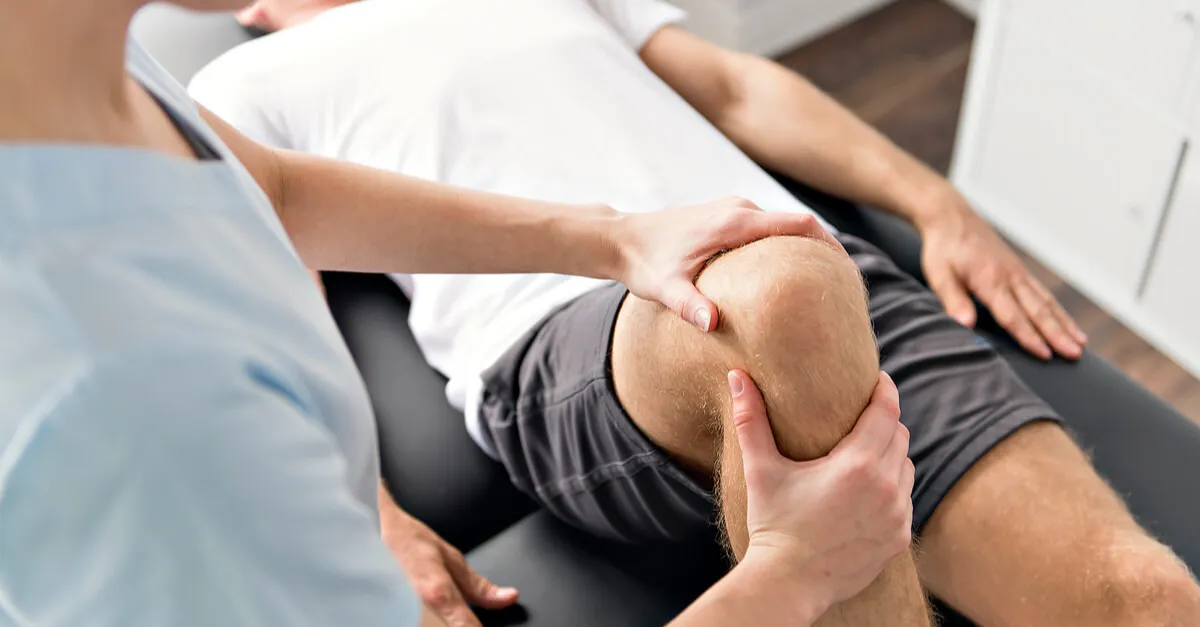When people think about strength or movement, they usually picture the back—your lats, traps, glutes, hamstrings. But what about the front? Your anterior chain is just as important, and honestly, most of us aren’t giving it nearly enough attention. The muscles on the front side of your body—your quads, core, hip flexors, and chest—are responsible for way more than just “looking fit.”
They stabilize your trunk, control movement, protect your joints, and help with literally everything from walking and lifting to breathing and posture. So if you’re dealing with pain, imbalances, or performance plateaus, it might be time to take a hard look at your anterior chain.
Let’s unpack what it is, why it matters, and how we address it here at Direct Orthopedic Therapy
What Is the Anterior Chain?
The anterior chain is basically the group of muscles that run down the front side of your body. These include:
-
Abdominals (rectus abdominis, obliques, transverse abdominis)
-
Hip flexors (psoas major, iliacus, rectus femoris)
-
Quadriceps
-
Pectorals (chest)
-
Tibialis anterior (front of your shin)
These muscles work together to help you flex at the hip, stabilize the spine, extend the knee, and move efficiently through daily life. They’re also responsible for good posture and core control.
If one of these muscle groups is weak, tight, or not firing correctly, it throws everything off—especially your hips and knees.
Why Is the Anterior Chain So Important?
1. Core Stability
Your anterior core muscles help stabilize your spine and pelvis. Without them, your back picks up the slack—and that’s a recipe for chronic back pain.
2. Posture and Alignment
A weak anterior chain can lead to a forward-leaning posture, especially if you sit all day. Over time, this posture can cause shoulder rounding, hip misalignment, and poor breathing mechanics.
3. Functional Movement
Walking, running, jumping, even just standing tall—all of these movements need a strong front chain to keep your body balanced and injury-free.
4. Joint Protection
When your quads and core are weak, the pressure shifts to your knees and lower back. That’s when pain creeps in and injuries start stacking up.
What Happens When the Anterior Chain Is Weak?
You start to see a domino effect of dysfunction. It might look like:
-
Knee pain during squats or lunges
-
Hip tightness that won’t go away
-
Low back pain from poor core engagement
-
A forward-tilted pelvis (anterior pelvic tilt)
-
Poor breathing control
-
Fatigue during basic movements
It also affects performance. If you’re an athlete, a weak anterior chain means less power off the start, slower sprints, and inefficient movement. If you’re just trying to feel better day to day, it means more tension, more fatigue, and slower progress.
Anterior Chain vs. Posterior Chain: The Balance Game
It’s not about choosing one over the other—it’s about balance. Most people train their back (posterior) a lot more than their front, especially in rehab or strength training. But overemphasizing your glutes or hamstrings without properly engaging your core and hip flexors creates new problems.
We always assess both chains at Total Health and Rehab and design training or rehab that corrects the imbalance instead of creating new ones.
How We Treat Anterior Chain Dysfunction
Step 1: Assess What’s Actually Going On
We start with a full-body movement assessment. We check how your hips, knees, spine, and core are working together—or not. This helps us understand whether you’re weak, tight, or compensating.
Step 2: Manual Therapy
Tightness in the hip flexors or abdominals? We might use techniques like soft tissue mobilization or myofascial release to get things moving again.
Step 3: Strength and Mobility Training
This is where we do the real work:
-
Deep core activation
-
Controlled anterior chain strength (like tempo squats or resisted leg lifts)
-
Hip mobility and pelvic alignment drills
-
Proper breathing patterns to restore deep abdominal control
This is way more than crunches and quad stretches—it’s about re-training your entire body to move right.
When to Get Help
If you’ve been:
-
Struggling with hip or knee pain
-
Feeling stiff in the front of your hips
-
Not seeing results from your workouts
-
Sitting all day and noticing posture issues
-
Or just feeling “off” with movement
It’s worth getting your anterior chain checked out. It’s probably the missing piece.
See our full approach to hip and knee pain
Let’s Fix the Front
At Direct Orthopedic Therapy, we take a whole-body approach to fixing pain and improving performance. Whether you’re recovering from an injury or just trying to move and feel better, we build custom plans that address your unique movement patterns—starting with the stuff most people ignore, like the anterior chain.
Ready to get assessed and back on track? Reach out to our team and let’s get you moving better—front to back.



